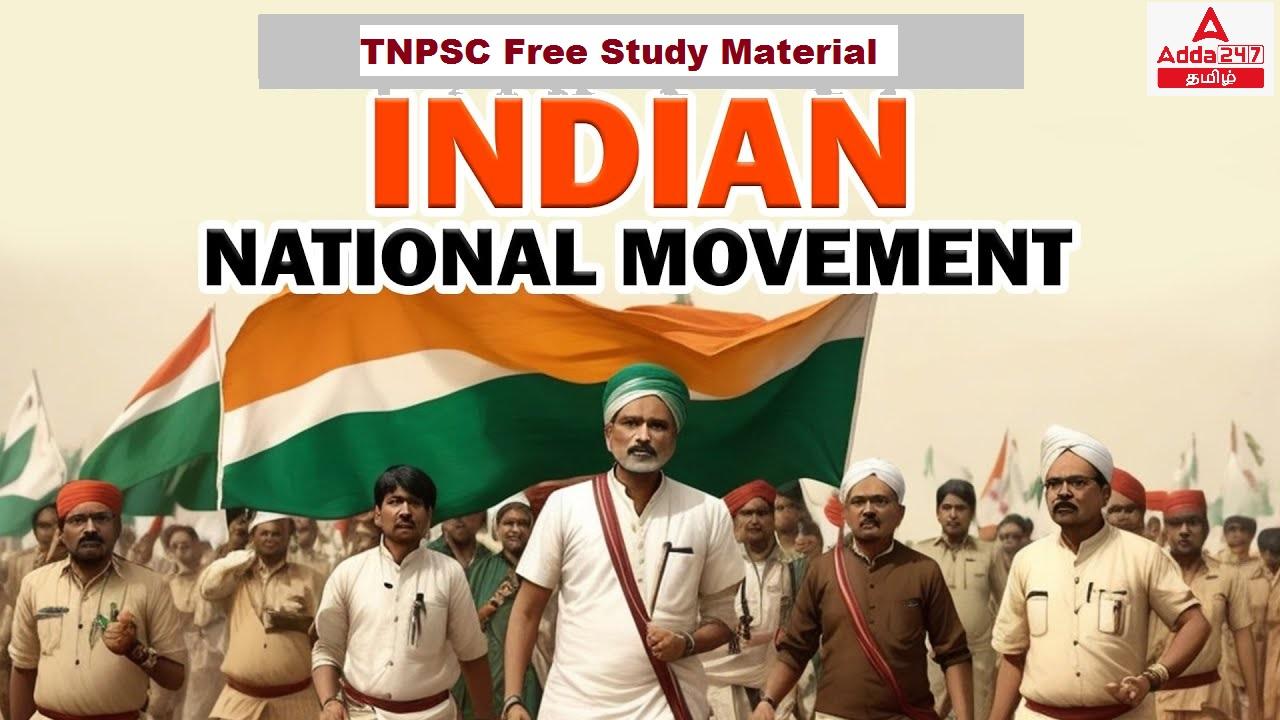இந்தக் கட்டுரையில், TNPSC குரூப் 1, குரூப் 2, குரூப் 2A, குரூப் 4 மாநிலப் போட்டித் தேர்வுகளான TNUSRB, TRB, TET, TNEB போன்றவற்றுக்கான முறைகள் இலவசக் குறிப்புகளைப் பெறுவீர்கள்.தேர்வுக்கு தயாராவோர் இங்குள்ள பாடக்குறிப்புகளை படித்து பயன்பெற வாழ்த்துகிறோம்.
Meerut Conspiracy Case – 1929
Communist Activities
The Meerut Conspiracy Case of 1929 was the most famous of all the communist
conspiracy cases instituted by the British Government.
The late 1920s witnessed a number of labour upsurges.
Period of unrest extended into the decade of the Great Depression (1929–1939).
Trade unionism spread over to many urban centres and organised labour strikes.
The communists played a prominent role in organising the working class throughout this
period.
Important strikes
1927 February and September- The Kharagpur Railway workshop strikes
1928 January and July – The Liluah Rail workshop strike
1928 – The Calcutta scavengers’ strike
1928 April – The textile workers’ strike in Bombay
1928 July – The strike at the Golden Rock workshop of the South Indian Railway,
Tiruchirappalli.
1929 July-August – The several strikes in Bengal jute mills
Government Repression
Due to more strikes and the spread of communist activities, the British Government
brought two draconian Acts.
The Trade Disputes Act, 1928
The Public Safety Bill, 1928.
These Acts armed the government with powers to curtail civil liberties in general and
suppress the trade union activities in particular.
The government was worried about the strong communist influence among the workers
and peasants.
They arrested 32 leading activists of the Communist Party, from different parts of British
India like Bombay, Calcutta, Punjab, Poona and United Provinces.
Most of them were trade union activists though not all of them were members of the
Communist Party of India.
At least eight of them belonged to the Indian National Congress.
The arrested included three British communists-Philip Spratt, Ban Bradley and Lester
Hutchinson, who had been sent by the Communist Party of Great Britain to help build
the party in India.
Like the Kanpur Conspiracy Case those arrested were charged under Section 121A of the
Indian Penal Code.
All the 32 leaders arrested were brought to Meerut and jailed.
Trial and Punishment
A National Meerut Prisoners Defence Committee was formed to coordinate defence in
the case.
Famous Indian lawyers like K.F. Nariman and M.C. Chagla appeared in the court on
behalf of the accused.
Even national leaders like Gandhi and Jawaharlal Nehru visited the accused in jail.
16 January 1933 – The Sessions Court in Meerut awarded stringent sentences, four years
after the arrests in 1929.
27 were convicted and sentenced to various duration of transportation.
Most importantly, Romain Rolland and Albert Einstein raised their voice in support of
the convicted.
Under the national and international pressure, on appeal, the sentences were
considerably reduced in July 1933.
*************************************************************************
| Adda247 TamilNadu Home page | Click here |
| Official Website=Adda247 | Click here |








